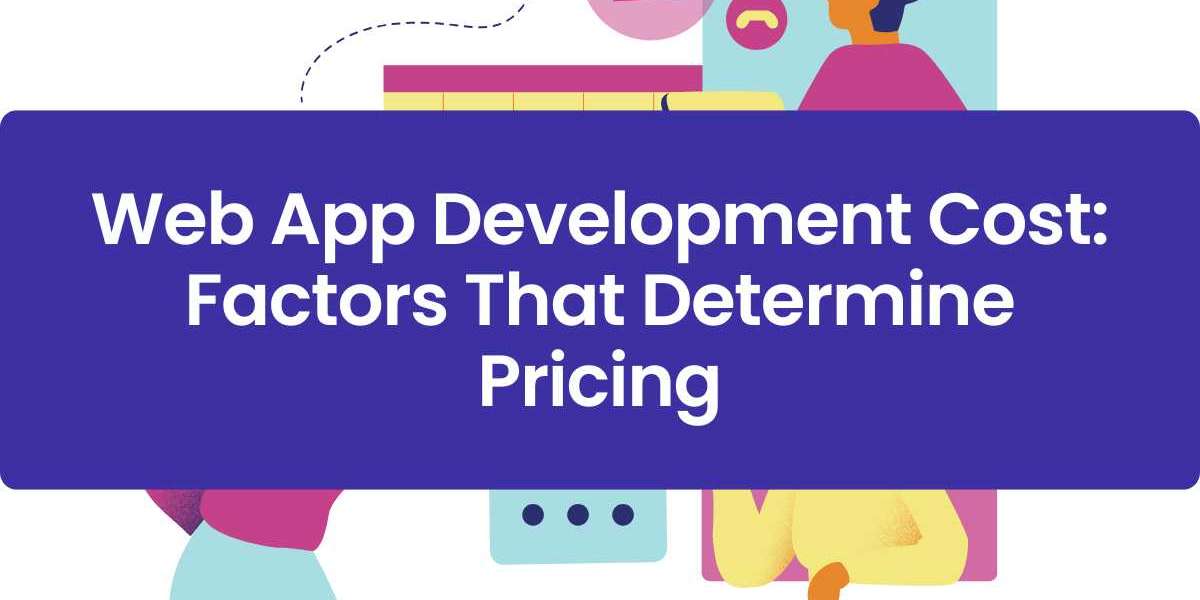Web applications have become indispensable for businesses, organizations, and even individual entrepreneurs. From providing an online presence to streamlining operations, web applications play a significant role in growth and efficiency. However, one question consistently arises when discussing web app development: How much does it cost? Understanding the pricing of web application development involves analyzing a variety of factors that influence the overall cost. This article will explore these factors, offering insights to help you plan and budget effectively.
What is Web Application Development?
Web application development refers to the creation of application programs that reside on remote servers and are delivered to users over the internet. Unlike traditional software that needs to be installed on a local device, web applications can be accessed through a web browser. Examples of web applications include e-commerce platforms, customer relationship management (CRM) tools, and online booking systems.
Why is Web Application Development Important?
Web applications provide an interactive platform for users and serve as a bridge between businesses and their customers. Whether you’re running an online store, offering services, or managing internal operations, web applications can significantly enhance user experience, streamline processes, and boost productivity. However, understanding the cost implications of developing a web application is crucial for planning and decision-making.
Factors That Influence Web App Development Costs
The cost of developing a web application depends on several factors, each contributing to the final price. Let’s delve into the key elements that determine the pricing:
1. Project Complexity
The complexity of your web application is a major determinant of cost. A simple application with basic functionality, such as a portfolio website, will cost significantly less than a complex app with advanced features like real-time data processing or AI integration.
- Simple Applications: These include basic informational websites or single-page applications.
- Moderately Complex Applications: Apps with user authentication, dashboards, or integrations with third-party APIs.
- Highly Complex Applications: Examples include enterprise-level solutions, social networks, or apps with extensive data analytics and security requirements.
2. Features and Functionality
The number and type of features in your web application directly affect the cost. Common features that influence pricing include:
- User authentication and authorization
- Payment gateway integration
- Real-time updates and notifications
- Data storage and management
- Advanced security protocols
The more features you need, the more time and resources will be required to develop them, increasing the overall cost.
3. Design and User Experience (UX)
An intuitive and visually appealing design is essential for any web application. Custom designs tailored to your brand require more effort compared to using standard templates. Additionally, user experience (UX) optimization ensures that users can easily navigate and interact with the app, which may involve extra development time and cost.
4. Development Team Location
The geographical location of your development team also impacts the pricing. Developers in North America or Western Europe typically charge higher rates than those in Eastern Europe, Asia, or South America. However, opting for lower-cost developers should not compromise the quality of your application.
5. Technology Stack
The choice of technology stack plays a crucial role in determining the cost. The technology stack includes the programming languages, frameworks, and tools used to build the application. For instance:
- Popular stacks like MERN (MongoDB, Express.js, React.js, Node.js) are widely used for modern web apps.
- Specialized stacks for specific needs may require expertise, which could increase development costs.
6. Integration with Third-Party Services
If your web application needs to integrate with third-party services like payment processors, email platforms, or analytics tools, this will add to the cost. These integrations often require additional development and testing to ensure seamless functionality.
7. Testing and Quality Assurance
Thorough testing is essential to ensure that your web application is bug-free, secure, and performs well under different conditions. Testing includes functional testing, performance testing, security testing, and more. The time and resources dedicated to quality assurance (QA) significantly impact the budget.
8. Maintenance and Support
Development doesn’t end with deployment. Ongoing maintenance, updates, and support are crucial to keep your application running smoothly and up-to-date with the latest technology trends. Maintenance costs should be factored into your overall budget.
9. Timeframe
If you need your application delivered within a short time frame, the cost may increase. Tight deadlines often require a larger team or overtime work, both of which can raise expenses.
How to Manage Web App Development Costs
Managing the costs of web app development effectively involves careful planning and decision-making. Here are some tips to help you:
- Define Your Goals Clearly: Have a clear understanding of what you want your web application to achieve. A well-defined scope minimizes unnecessary expenses.
- Prioritize Features: Focus on the most critical features for the initial version of your application. Additional features can be added later.
- Choose the Right Development Team: Collaborate with a team that offers a balance of quality and affordability. Offshore development teams can be a cost-effective option.
- Use Agile Development Methods: Agile methodologies enable iterative development, allowing you to test and adjust features as needed without overspending.
- Plan for Maintenance: Include maintenance and updates in your budget to avoid unexpected costs down the line.
Why Choose a Web Application Development Company?
If you’re looking for reliable and comprehensive web application development services, Zenesys is an excellent choice. They offer end-to-end web application development solutions tailored to your specific needs. With a team of experienced professionals, Zenesys ensures that your web application is robust, scalable, and user-friendly. From initial consultation to post-deployment support, they handle every aspect of the development process, providing you with peace of mind and a high-quality product.
Conclusion
The cost of web app development depends on various factors, including complexity, features, design, and development team location. By understanding these factors, you can make informed decisions and manage your budget effectively. Whether you’re a startup or an established business, investing in a web application is a step toward greater efficiency and growth. If you’re ready to embark on your web app development journey, consider partnering with Zenesys for exceptional results tailored to your needs.







